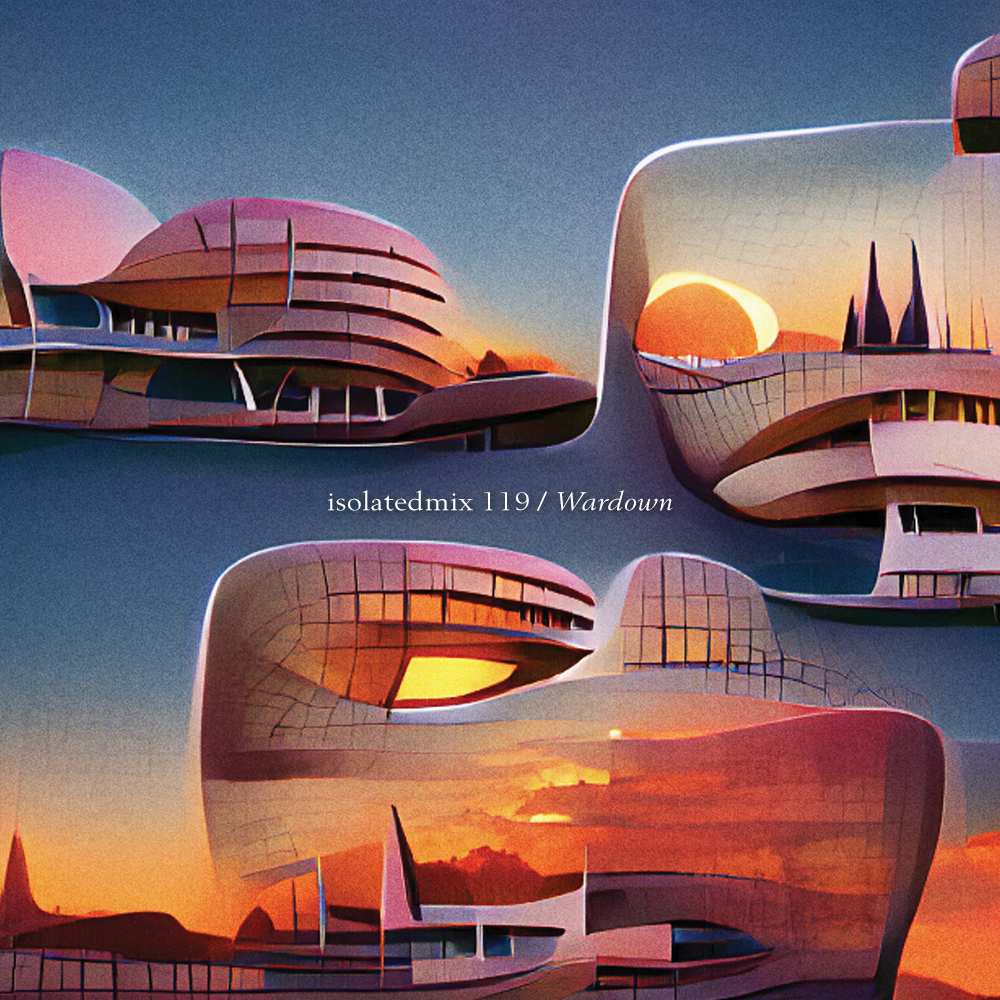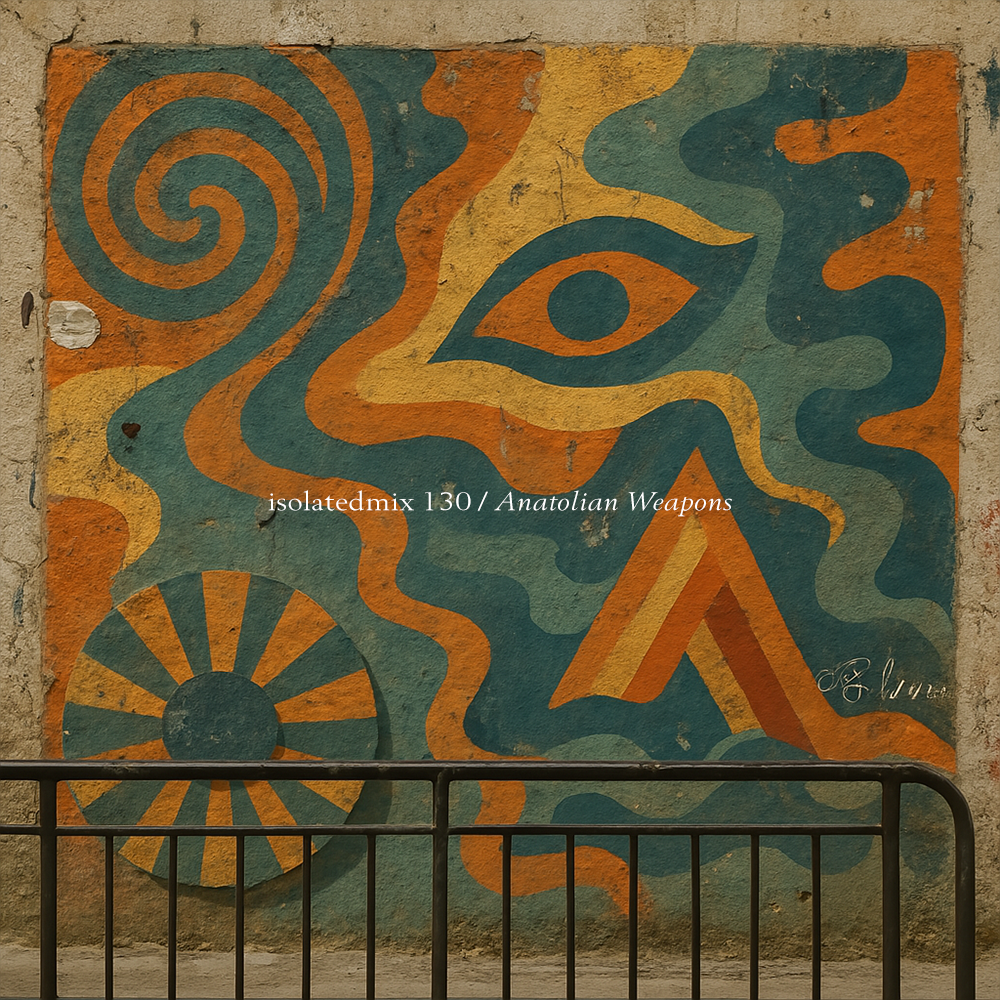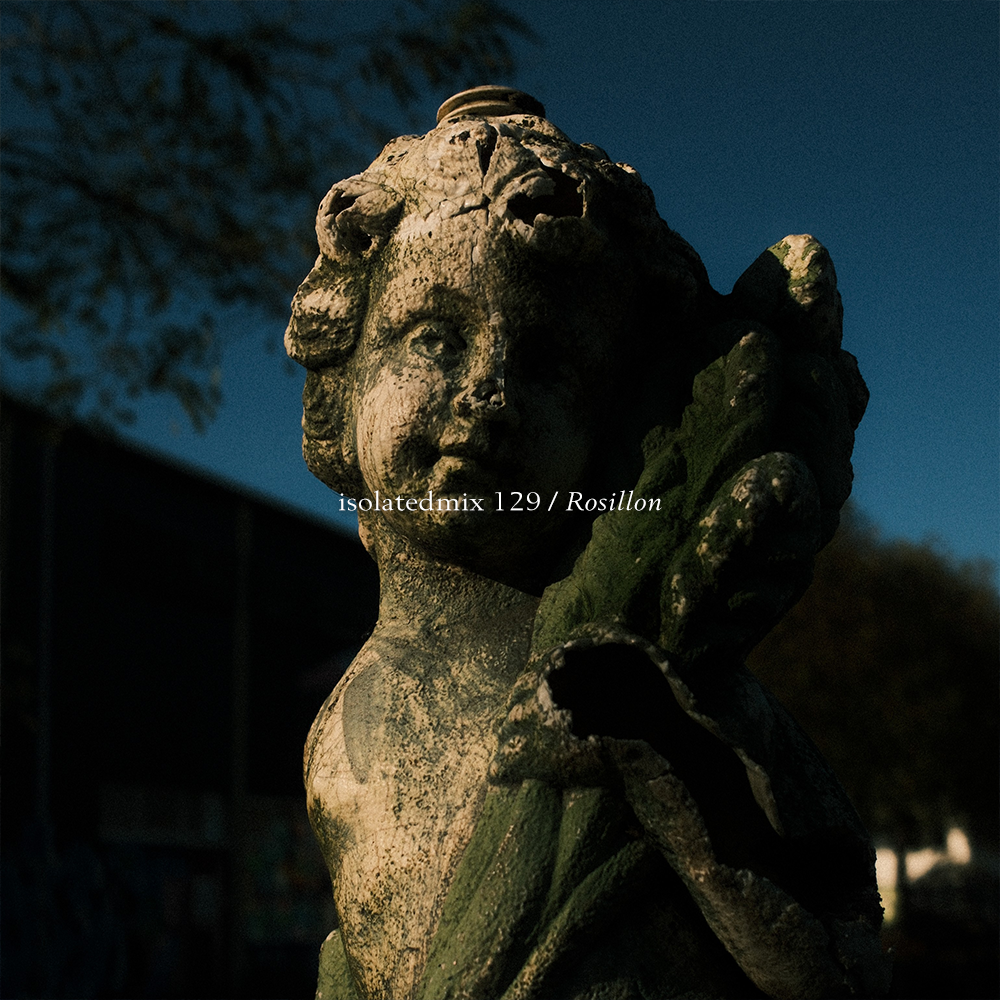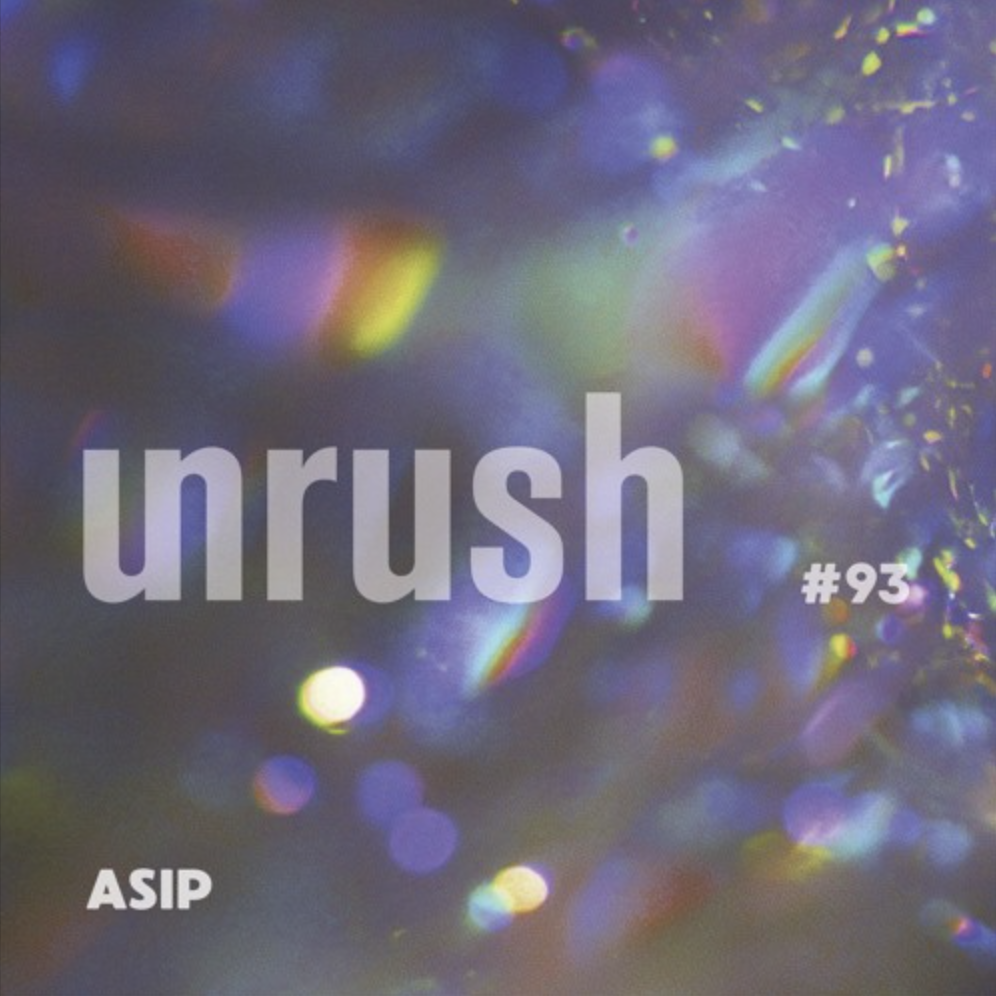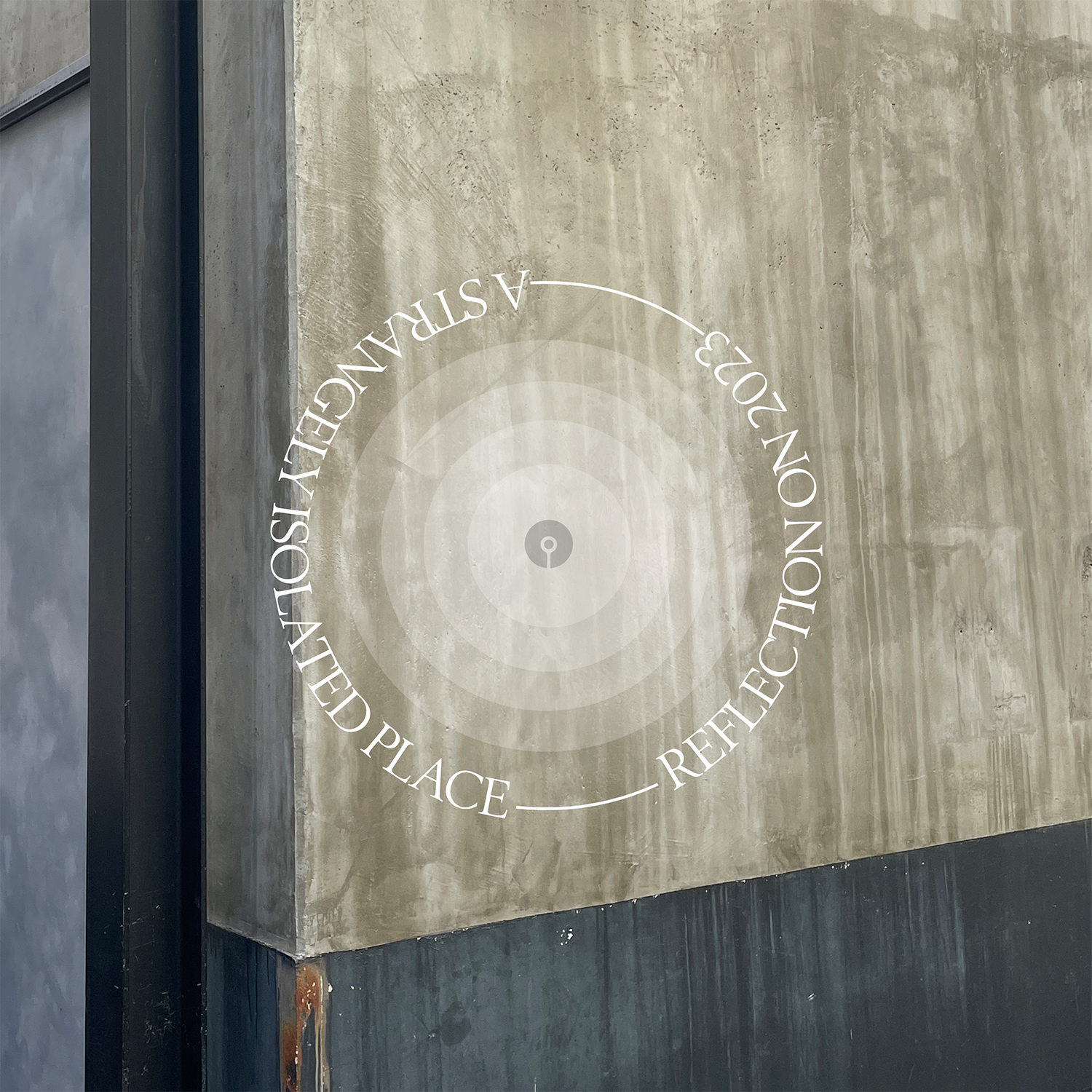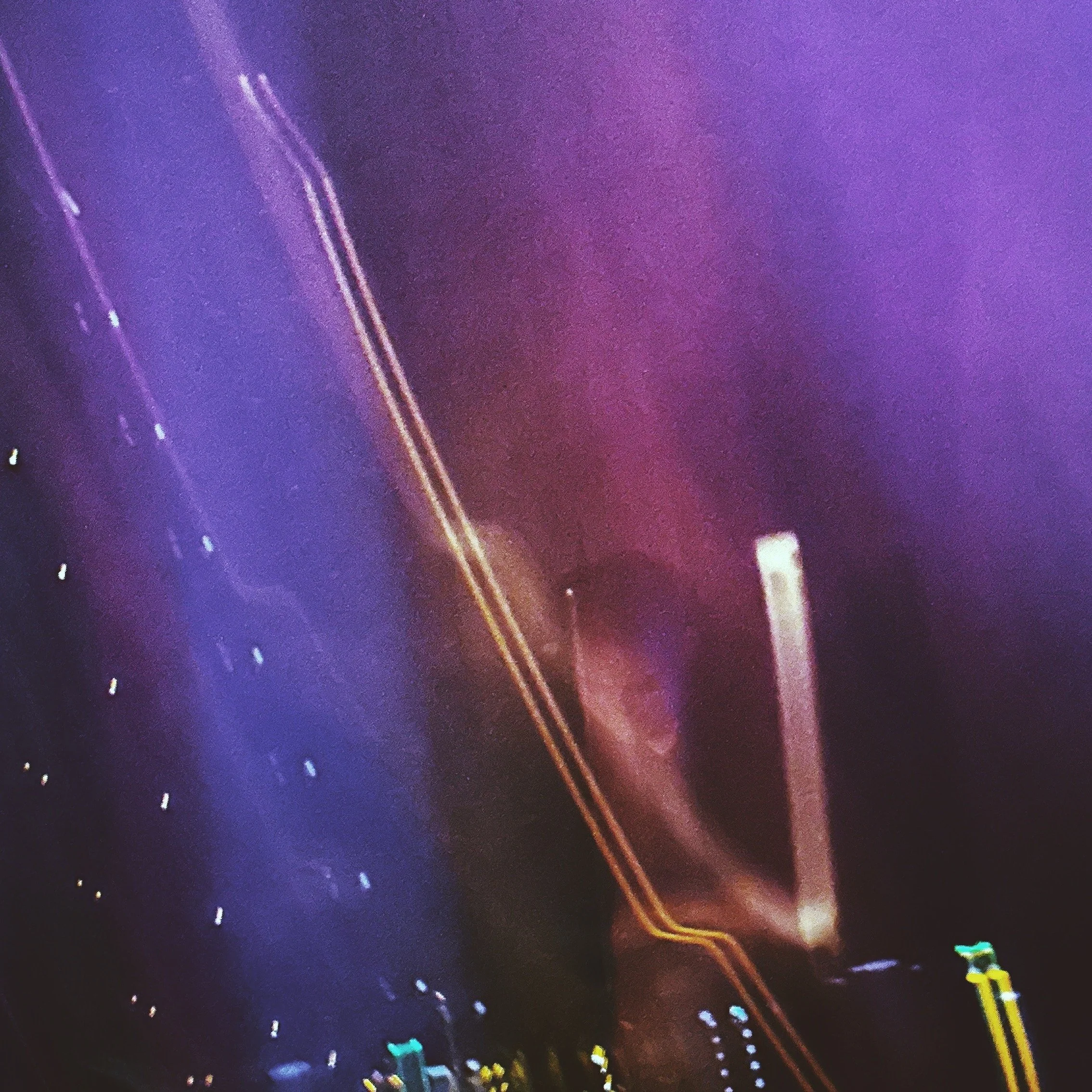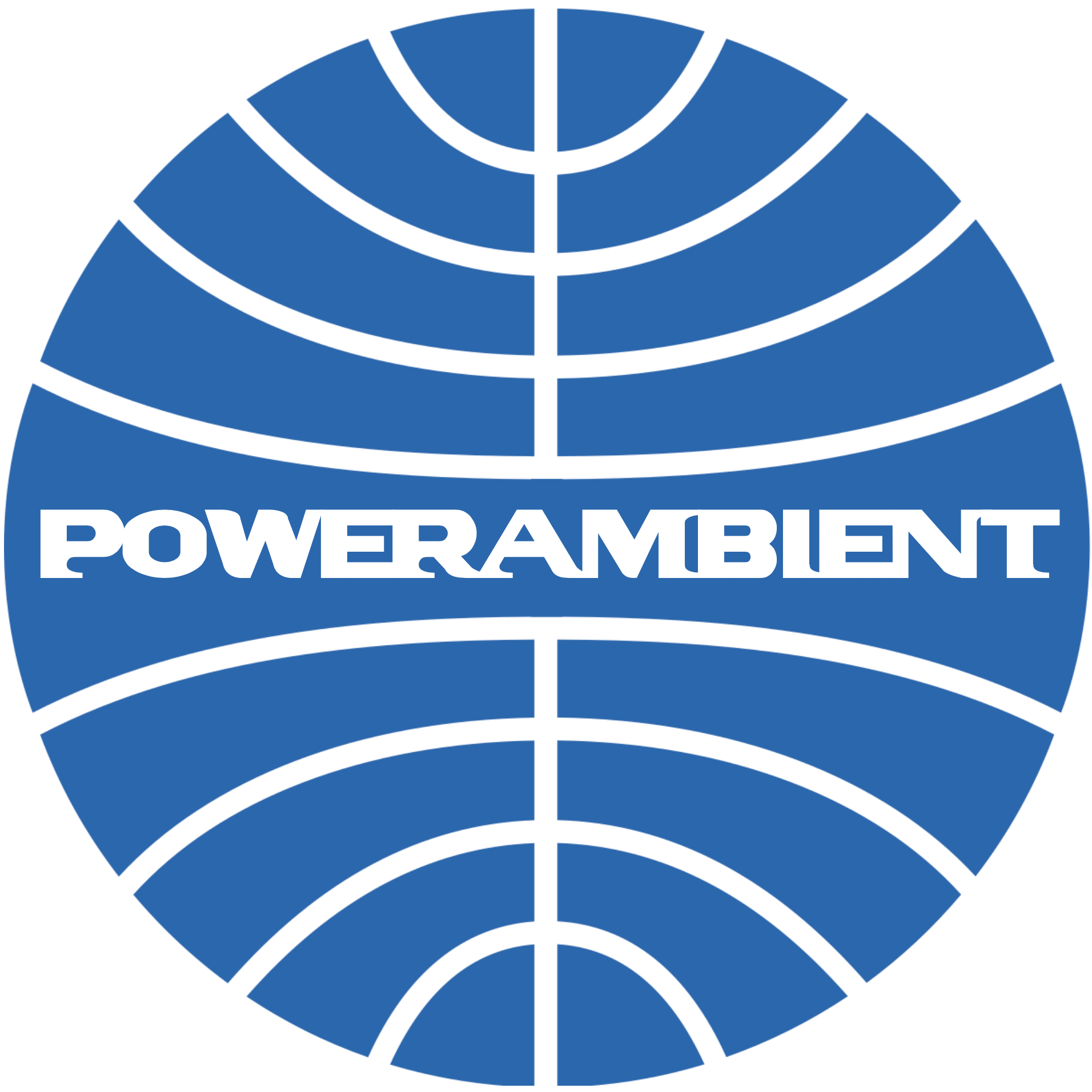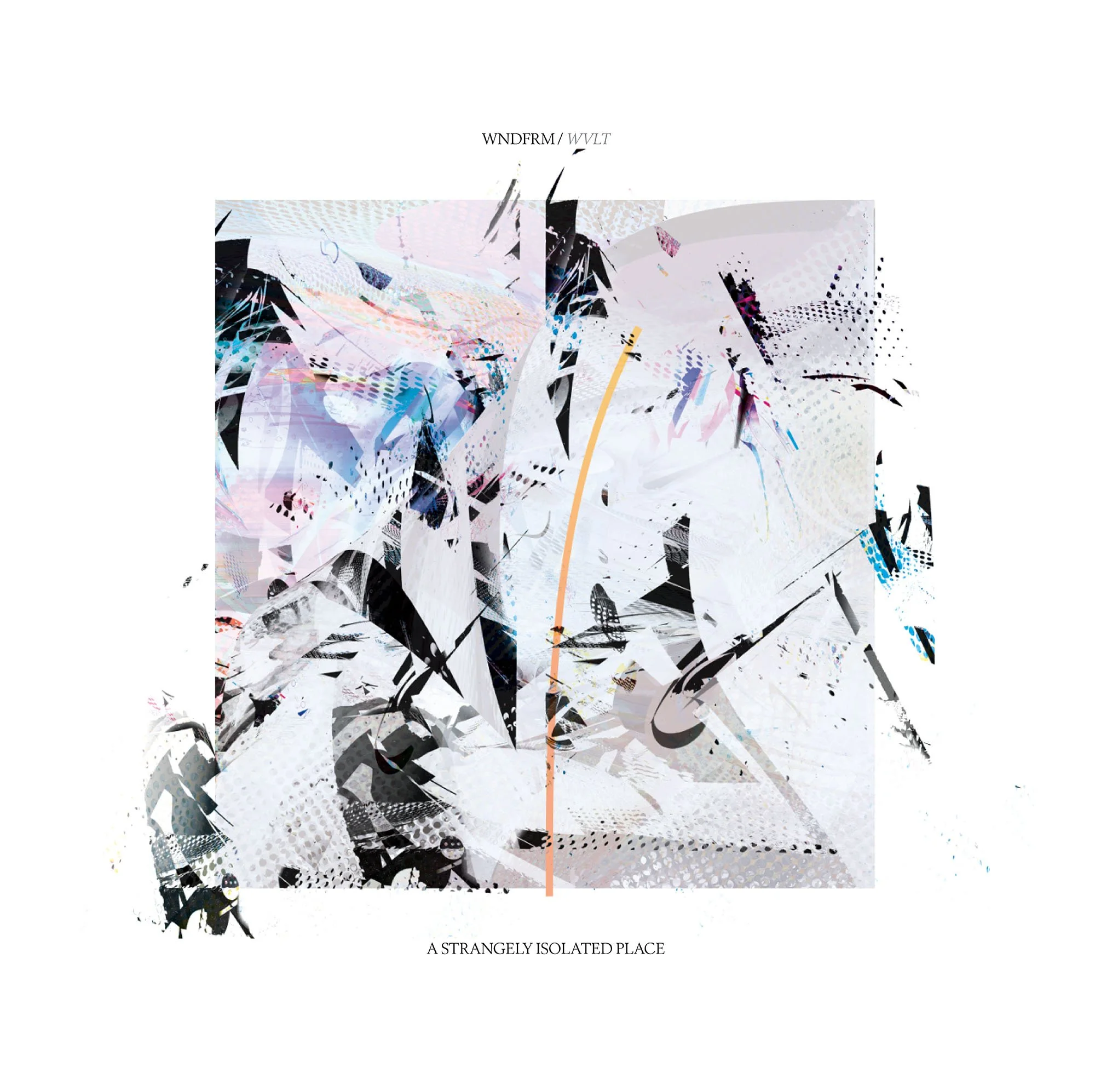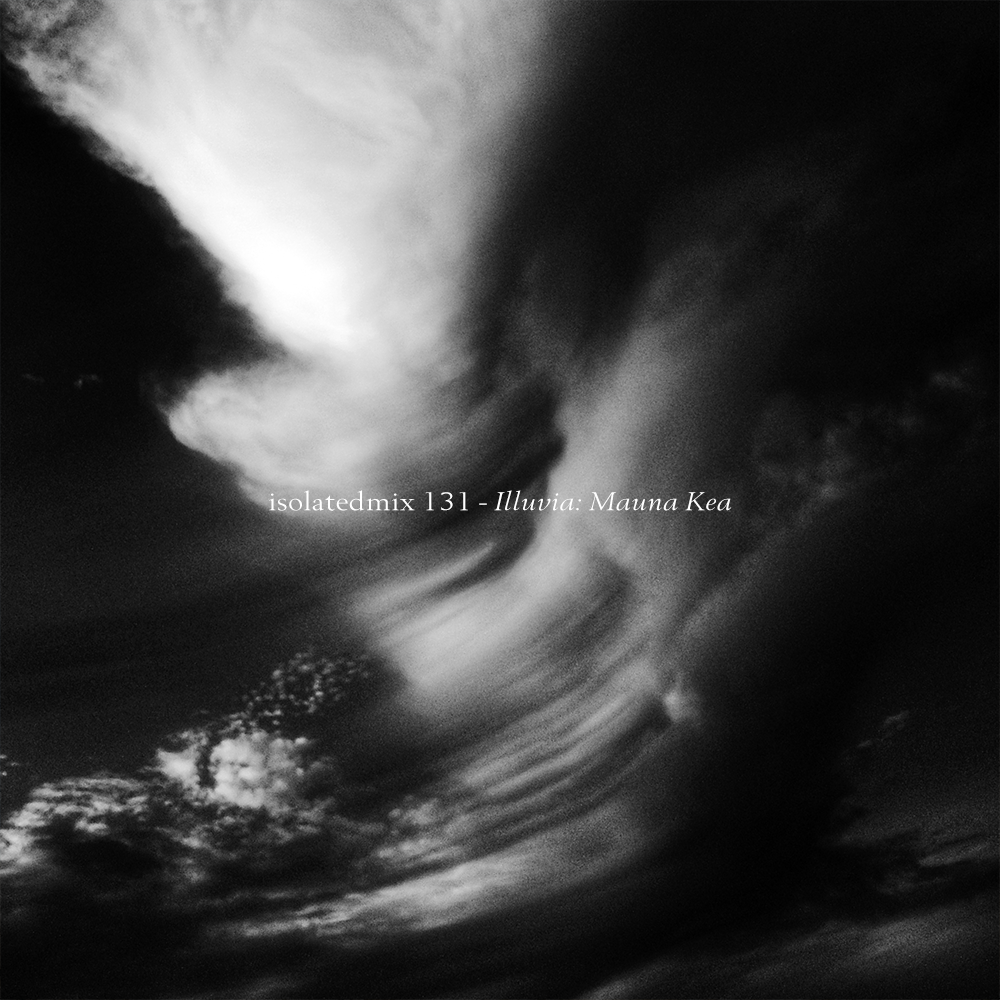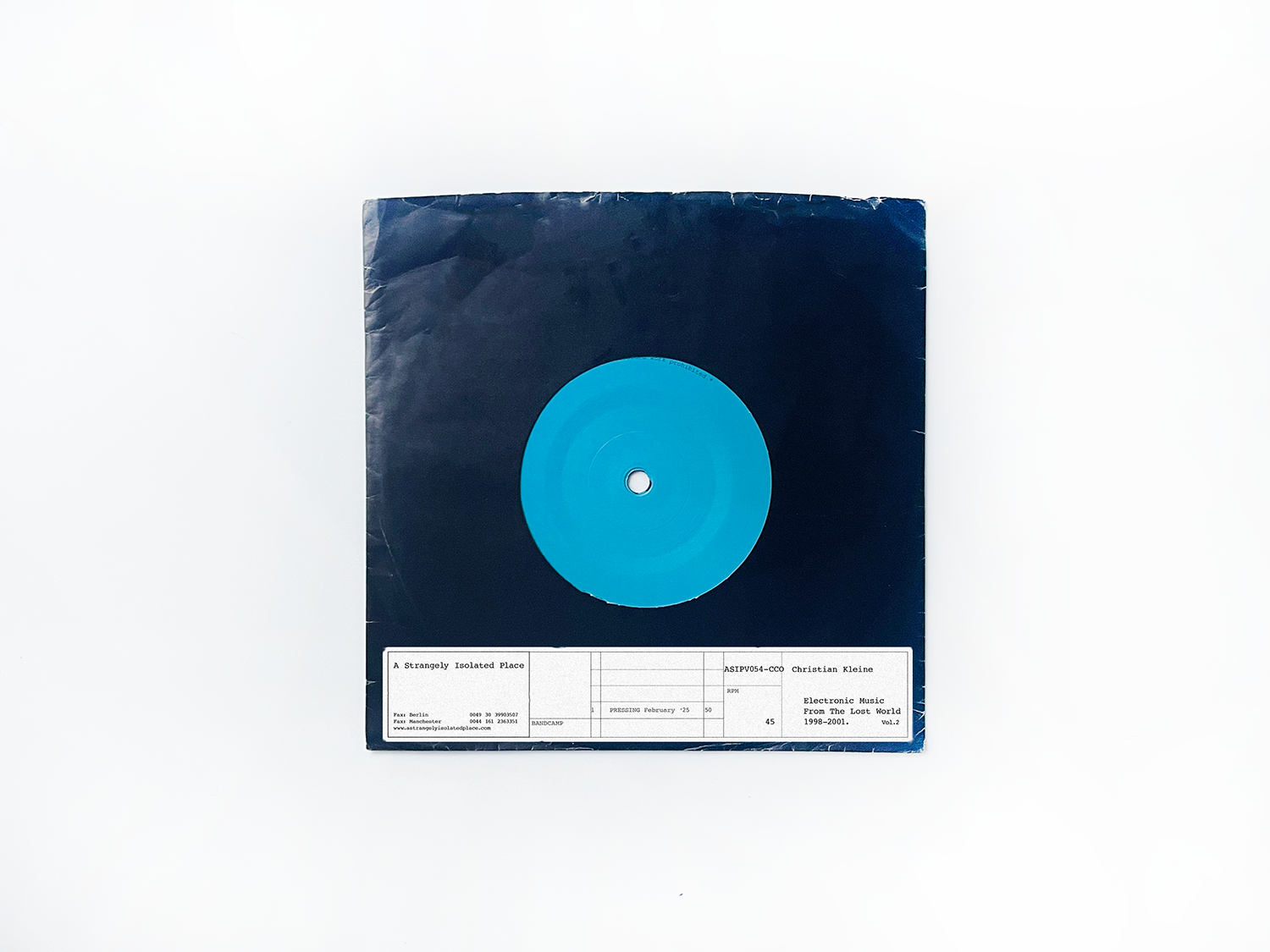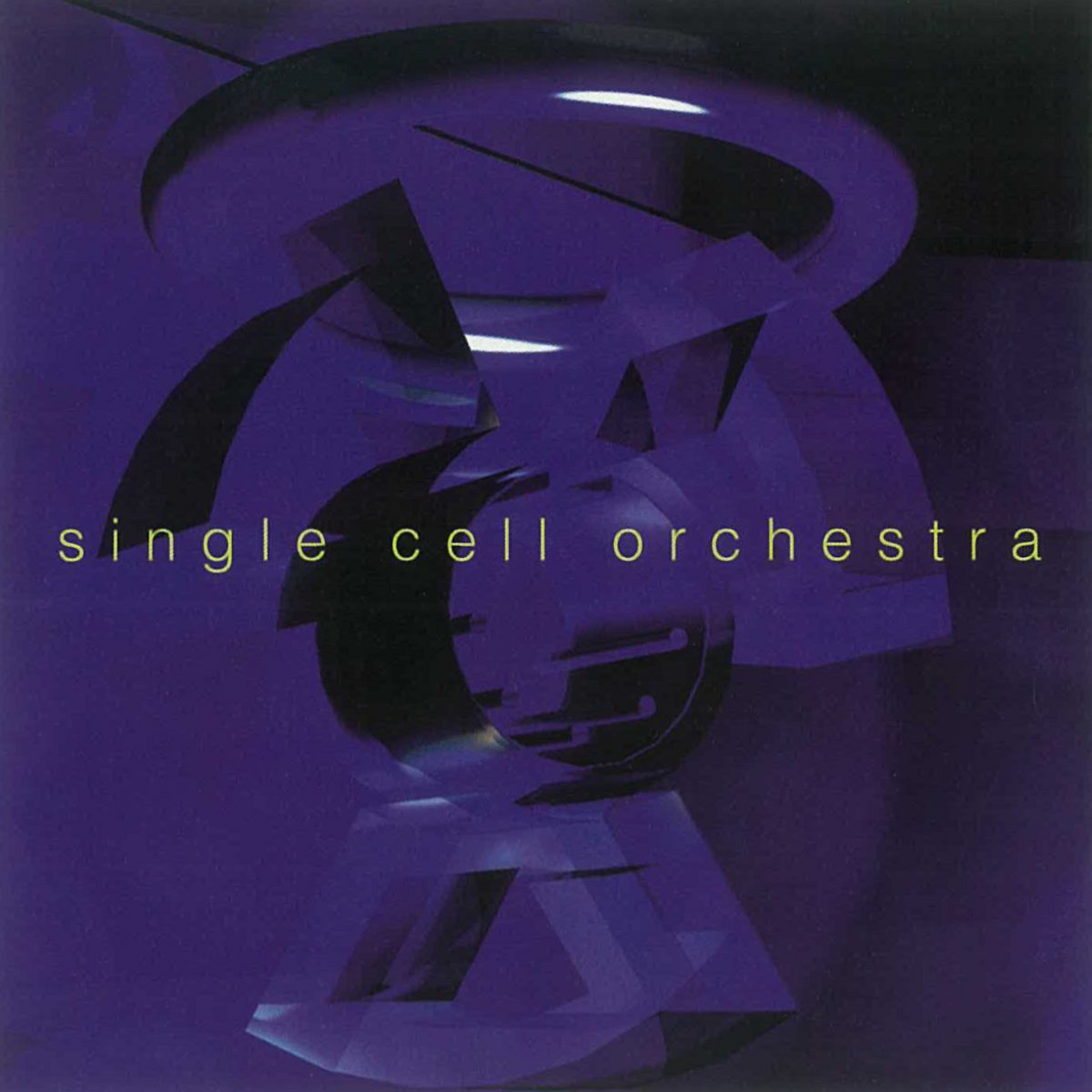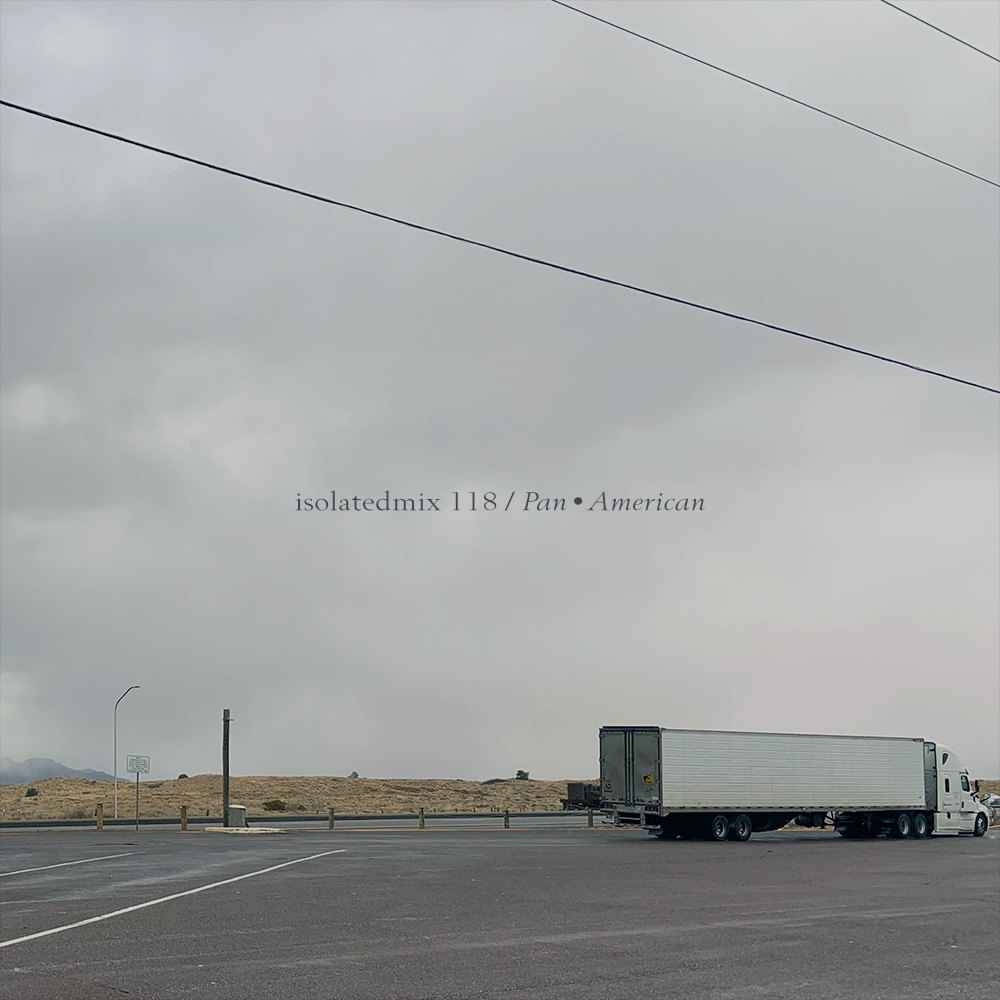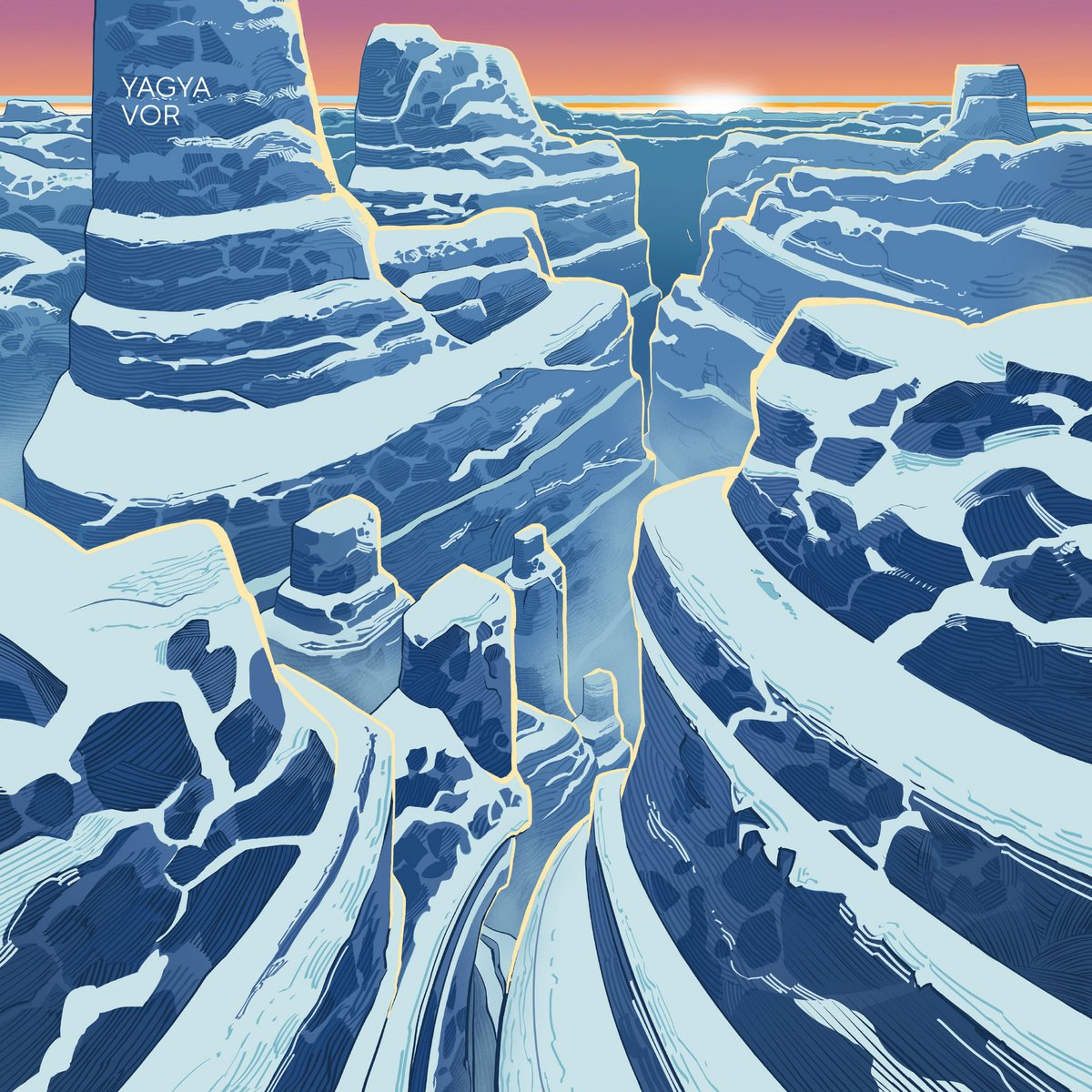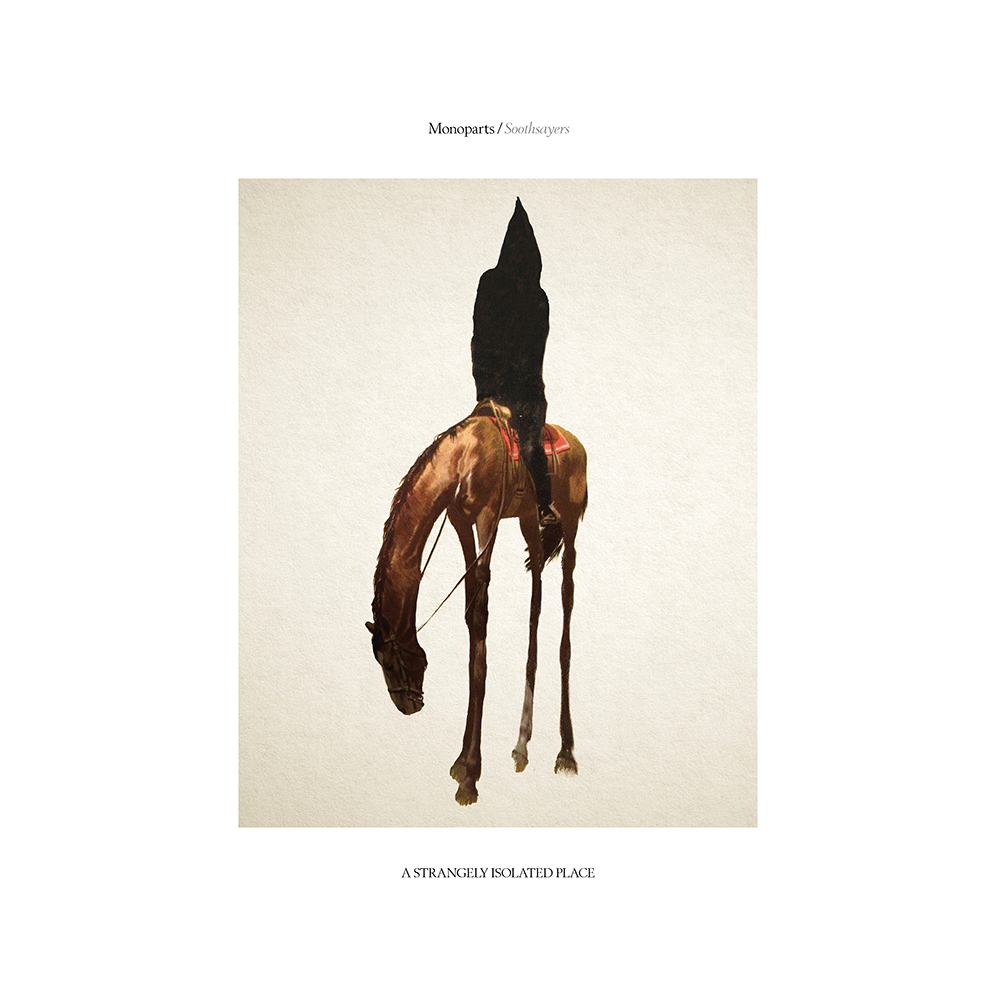Not many producers can create new aliases after 10+ years and still manage to drop something completely unexpected and refreshing.
Peter Rogers’ Wardown project did just that in 2020, debuted on the respected Blu Mar Ten label, the self-titled album found admirers from a cross-section of music styles; spanning Jungle, Drum’n Bass and a strong atmospheric element. Wardown / Wardown was consequently one of my most played and admired albums of the year (finding a sweet spot in the Reflection on 2020 and Atmoteka mixes). I found it near impossible to stop the album once it started, as it flowed easily between stories, styles, and sentimental reflection.
Peter is now set to drop his second album under the Wardown alias, simply titled Wardown II, but those who absorbed the nostalgia from his first, will undoubtedly be confident that despite its modest title, the conceptual approach is as strong as ever, and the music will once again be left to do the storytelling.
Continuing with this brilliant reflective approach from the first album, Wardown II can be considered another vivid capture of one of Peter’s undoubtedly many memories he has begun to create with this alias. And just like his productions, his isolatedmix is a natural extension of this approach. As is the case with many producers in this genre, DJ’ing is integral to the culture, so it’s of no surprise for us to be treated to a little bit of a masterclass with this latest installment…
~
ASIP: Many people may know you as one half of the d&b duo Technimatic (and even making an appearance as Technicolour on our Energostatic comp which we were proud to host a few months back). Can you tell us a bit about how you got into producing music and your background?
Pete: I started making electronic music in about 2002. I’d been into jungle and drum & bass as a teenager growing up in Luton, and played in a jazz funk band for many years too. But 2002 - after I’d finished studying graphic design at university and moved to London - was the first time I had the opportunity to buy a computer of my own and actually start trying to create stuff with it.
You debuted the Wardown project on the Blu Mar Ten label in 2020. What inspired this new alias after years under others?
I started Wardown because I had quite specific things I really needed to express and put into music that I didn’t have to the opportunity to elsewhere. Technimatic is my main musical focus of attention and I love it, but sometimes there are things unique to you that you need to be able to say, that might not fit within the canon of music you're making as a duo. Things much more personal. I’ve known Chris Blu Mar Ten for many years and have huge respect for the vision and A&R of his label, so it felt like the perfect fit. Thankfully he was really enthusiastic about putting it out.
Vignettes of people talking about your hometown of Luton open your first Wardown album, (which was a surprise for me to hear, as I grew up in a nearby town). How would you describe your formative years there? How did it impact your music?
Luton has a very chequered past. It’s regularly featured in the kinds of ‘shittest towns in the UK’ lists that appear online. It’s been home to the English Defence League, Islamic terror cells, and is generally thought of as a fairly ugly, non-descript town on the outskirts of London that has an awful airport. But as a kid, I had a really good upbringing there. And crucially, being near London and the M25 motorway, back in the 90s it had a very strong connection with rave, hardcore, and jungle music. Legendary hardcore DJ Swan-E was from Luton, Blame was from just down the road in Dunstable, there were pirate radio stations broadcasting the music 24/7 in the area, and most importantly for me, there was an amazing record shop called Soul Sense where as a teenager I spent a lot of my time, learning and being inspired by 90s underground music.
I assume you made several trips to London back in the day like most music lovers living in the Shires, for the big nights and DJs in the capital. Who, or what was your mecca back in the day? And which record stores were you gracing?
Absolutely. Once I was allowed to go into Luton town centre on my own without my parents, it wasn’t long before me and my friends were getting on the train and heading into London to buy records. This was the mid-90s and obviously long before smartphones and the internet, so on several occasions we went with the intention of going to Blackmarket Records in Soho, but ended up coming back empty-handed as we simply couldn’t find it! But eventually, we worked it out and it was always a huge buzz. Section 5 on Kings Road in Chelsea was another favourite.
In 2000 I moved to London and that’s when my real clubbing experiences began. Swerve at The Velvet Rooms on a Wednesday, Movement at Bar Rumba on a Thursday, but the real Mecca for me and my friends was The End. It’s still my favourite club that’s existed and so much of my dance music education happened there. We went to most d&b nights but the key event for us was LTJ Bukem’s Progression Sessions, which ran monthly there throughout most of the noughties. I think I went to every single event from about 2002 - 2007.
The Wardown debut was one of my favorites from 2020. A wide spectrum of sounds, running from lush ambient pieces to extremely energetic tracks. The narrative aspect pulled me in, giving off a nostalgic mixtape type of vibe. It felt like it was a pivotal album for you to get out into the world given how personal the elements contained within were - almost a ‘letting go’ kind of feel?
Absolutely. During the start of 2019 I returned to Luton quite a bit. My granddad, who was the last remaining family member living there, was ill. So I went to visit him at his home, and then the hospital until he eventually died. He was 98 so it was no huge shock, but when I was back there, these ideas started forming in my mind. Luton was my home town but the last remaining Rogers had now left and there was nothing left linking me to it. But despite losing those roots and living away from the town for over 20 years, it still had this strange power over me and I felt a really deep connection. Obviously, some of that was down to simple nostalgia for my childhood. But there was something else tied up in it. Something a bit more complex. And making that first album was an attempt to try and express those feelings.
That first track on that album (Culverhouse) has to be one of the most euphoric moments to kick off an album in recent memory of mine. I was definitely keeping it locked for the remainder after that beginning! What was the intention with the sequencing of the album?
I honestly can’t remember much about the sequencing of the first album. It wasn’t like I made 30 or 40 tracks and then whittled them down and picked my favourites. It’s a 10 track album and I think I made 11 tracks, and decided to ditch one of them. I wanted it to be a mix of jungle and ambient soundscapes as I think despite the two genres being in some ways at the opposite ends of the spectrum, they also work beautifully together. When I was initially buying records in the 90s, I used to be obsessed with the intros and breakdowns of certain jungle records. There was a run of releases on DeeJay Recordings from DJ Crystl and Future Sound Of Hardcore that had these sprawling instrumental openings that I used to play over and over again. And obviously LTJ Bukem and a lot of those early releases on Good Looking Records are on the same page. That aesthetic felt like a really good way to try and manifest the ideas I was having.
According to your first album notes, Wardown is an attempt to capture what the Germans call 'sehnsucht', an "inconsolable longing in the heart for we know not what". Where did this attachment come from?
That quote is from the author CS Lewis, attempting to describe the sense of longing he felt for much of his life. And I’ve been kind of obsessed with that feeling for quite a long time too. ‘Sehnsucht’ is a German term that gets somewhere close and there are others in various languages. But it’s a very hard thing to accurately pin down and describe. I sometimes feel as though to get a sense of it I have to look out of the corner of my eye, as when I try and focus directly on it, it disappears. It’s often a very fleeting feeling brought on by certain scenes in the world, weather, photographs, old films. A kind of bittersweet, melancholy feeling about the past and things that have been lost. But quite often it’s a longing for things I’ve never personally experienced or may never have even happened.
“at its simplest, Wardown II is a vision of the future from the past.”
The new album is a subtle shift in concept from the original and perhaps a continuation chronologically. The nostalgia is still there, but I’m getting a look at the future instead of back like the first album. Maybe the artwork is subliminally pointing me in that direction too. Is this Luton today or in the near future?!
With the first Wardown album I was trying to evoke those feelings of loss and yearning I felt for my home town and earlier life. And that got me thinking about nostalgia in a wider sense and why it’s so alluring, particularly as you get a bit older – but also why it’s so pervasive everywhere you look these days. TV, film, music, advertising, even politics draws on the past, utilises it, and sometimes even weaponises it. It’s an incredibly powerful thing, and for me it can create a strange kind of ‘uncanny valley’ feeling, as though today’s popular culture has become unmoored from history and its once-definitive eras and epochs. So much of what we consume today is full of anachronism, a kind of rehash of what’s come before. I found myself wondering: what happened to the future I imagined when I was a kid?
I think nostalgia is incredibly alluring right now because the future no longer looks bright. We live now with the looming threat of climate change and a catastrophic loss of biodiversity across the world, not to mention war, economic instability and the rise of populism and nationalism. It all feels just too much sometimes, and nostalgia is always there, showing us how better things were in the past – even if the safe, optimistic world it portrays didn’t actually exist in the first place. In that way, nostalgia is dangerous because it stops us looking forward and taking responsibility for the future, with all its challenges – something we all need to do.
Of course, all this is strongly culturally inflected, and when I say ‘we’, I’m coming from a white, Western and affluent perspective; the relationship between nostalgia and progress is likely to be very different for someone born in the global south. But as someone who came of age in Britain in the 90s, the future means a different thing today than it did when I was a child. Back then it felt like there was still a kind of general, unwavering optimism about the coming years, a faith in progress and a belief that society was on the path to an increasingly better place. The fall of the Berlin Wall, the end of communism in the USSR and other Eastern European countries, New Labour, the impending Millennium, which felt like the epitome of all things futuristic – all these things pointed to the fact the future was something to look forward to.
So at its simplest, Wardown II is a vision of the future from the past. I decided to give it quite a strong 1950s / 60s flavour, as to me it seems like that is when the idea of ‘the future’ was at it’s most potent. After the devastation of two world wars came the rise of modernism and its belief that, rather than just being an aesthetic, it could literally improve people’s lives through the creation of a new kind of architecture and design. There were the American and Russian plans to send people into space. Film and TV that painted the future as a shiny kind of utopia, with flying cars, and machines that allowed humans to forget the horrific memories of war and enjoy a life of comfort and leisure.
Samples are obviously a big part of your work (and your isolatedmix). It sounds like your first album was more personal, collected soundbites and samples. And this new album seems a little more abstract in its samples and direction. Can you describe your process for the sample-heavy tracks such as Instant Money? Do you build a track around a sample, go looking for something specific, or have a bank of samples ready to go?
I’ve always been a fan of collage. Art that brings lots of different, often disparate sources together to create something fresh. As a kid I used to cut up catalogues and booklets that came through the front door and make these mad, stuck together images with them. And at university, I was fascinated by the work of artists like Robert Rauschenberg. So when it came to making music, growing up through an era of sample-heavy jungle and hip-hop (‘Entroducing’ by DJ Shadow is one of the most important albums in my life), I adopted a similar technique.
However, with Wardown the approach is slightly different to when I’m working on other things. I initially try and establish quite a strong conceptual starting point before I’ve made any music. I do lots of reading, watch things, and generally think about the world I’m trying to create before anything is made. Obviously things change and develop through the process of actually creating the music, but by starting out like that, I try and attune myself to what I’m looking for, samples wise. It’s like I put little antennas up and then go about my usual life of reading, watching films and documentaries, and listening to music. But because my antennas are up and scanning for quite specific things I’m able to isolate sounds that can potentially work a lot better; sounds that would probably pass me by if I had just been taking it all in in a more general sense. And once I’ve had a strong idea for something I’ll then dive a little deeper, in terms of second-hand records, tapes, online archives and the like.
I’m also a little gutted that Instant Money didn’t make it onto the mix in full here (i hear a quick sample only!) It’s one of my faves and extremely addictive (reminds me a bit of Roni Size’s Dirty Beats in how the vocal burrows deep inside your brain for hours after listening if I dare compare). What was your intention/concept for the mix overall?
The idea for the mix was essentially an extension of what I’ve done with the two albums. A collection of jungle and electronic music combined with longer ambient passages. There are a few personal favourites in there, as well as some lesser-known stuff I thought worked well. I’ve also taken apart elements of some of the music from Wardown II and used that throughout. More collage!
The drum’n bass / jungle mixtape is of course an iconic piece of music culture and by the sounds of it, you’ve perfected your skills at putting one together. Do you consider yourself a DJ? Do you enjoy this aspect of your music?
Well I’ve just come off the back of playing a summer of festival shows as Technimatic, so in that regard, definitely. I do think these days however, there is quite a big difference between being a DJ who plays live shows, and someone who puts mixes together online. Years ago you would just press record and essentially recreate what you do in a live setting. But because of the changes in technology and what you’re now able to do with sequencers, recorded mixes feel like they’ve become a separate thing in their own regard. They definitely are to me, anyway. I love putting together online mixes that pull apart tracks, alter tempos, have multiple elements working at the same time to create something really unique. Maybe a really talented DJ could do it live, but I definitely can’t!
What have been some of your fave mixes over the years that we could go check out? A favorite of all time?
I can’t really discuss jungle and Wardown without mentioning LTJ Bukem’s ‘Essential Mix’ for Radio 1 in 1995. It really was such a defining mix, one that created a kind of blueprint for a whole new musical sub-genre. All the classics are there, and it still sounds fresh and exciting to me. In terms of more recent times, Visible Cloaks’ ‘Music Interiors’ from 2013 is another really important mix for me. It’s a collection of 80s ambient and experimental music from Japan, and it totally blew my mind when I first heard it. The fact there was this huge, rich, inspiring area of music I had no idea existed before listening was really extraordinary. And it just flows so well. I’m eternally thankful for VC for creating it; I’ve played it more times than I can remember.
~
Listen on Soundcloud, Mixcloud, or the ASIP Podcast.
Tracklist:
01. Soft Robot - ‘Point Nemo’
02. Kerguelen - ‘Proxemics’
03. Sycamore Investments - ‘Cherry Bomb’
04. Wardown - ‘Stimulus Progression Pattern’
05. LTJ Bukem - ‘Rainfall’
06. Offthesky -‘Insofar, In So Far’
07. Freedive - ‘Watering A Flower On The Moon’
08. Photek - ‘Complex’
09. Ki One - ‘Life At The End Of The World’
10. Micronation - ’Photographs of Clouds’
11. Wardown - ‘The Ideal City’
12. Advanced Sound & Vision - ‘The Engineered Yes’
13. Wardown - ‘Lifespan’
14. Fisher Associates - ‘Scorched Earth’
15. Wardown - ‘Graphite and Glitter’
16. The Architex - ‘Altitude’
17. Creative Innovations Inc. - ‘Stone Tape Theory’
18. r beny - ‘Eistla’
19. Jefre Cantu-Ledesma - ‘Song Of Forgiveness Pt. 1’
~
